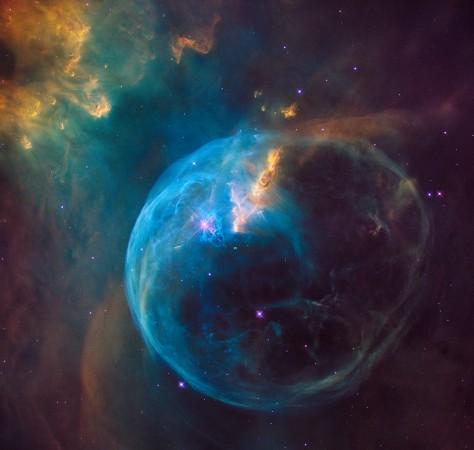
NASA has been looking for alien worlds where life could exist for a few decades now. The hunt for exoplanets is an ongoing one and missions like the Kepler and Tess are peering deep into the cosmos in search of such worlds.
The space agency will now also look for technology and technological signatures from alien worlds, not just microbial life.
Called the Search for Extraterrestrial Intelligence (SETI), NASA will now look for traces of technology in the universe, this could suggest that the origin of these signals is a race of aliens with advanced technology. Called technosignatures, these include laser and radio bursts, signs of massive structures like buildings and cities, pollution, satellites in orbit, and such. While SETI is focussed on communication signals, technosignatures is a wider term that encompasses a lot more.
NASA explained that its own SETI programme was shut down in 1993 after funding from Congress essentially dried up. After this, the space agency has turned its efforts toward answering more fundamental questions about life itself- its origins and the actual habitability of alien worlds.

The space agency is once again turning towards looking for intelligent life now because now it has found that the Milky Way galaxy is actually filled with and teeming with planets of all shapes and sizes.
The chances that there could be intelligent life out there is going up by the day. Add this to the 2015 discovery of the alien megastructure star known as Tabby's star by Kepler suggested that there could be some kind of intelligent design in it. There were irregular fluctuations of light coming from it, but the discovery has since been concluded to more likely be a massive dust cloud than technology.
NASA scientists also caution that a lot more than an unexplained signal will be needed to conclude that a radio signal is of alien origin because as it stands, the Earth itself is a source of a lot of radio noise and interference.
For now, the space agency will continue to further its research into technosignatures and investigate avenues in which to advance the science.
Humans are yet to find any signs of extraterrestrial life, as of now, but the search to answer one of the most fundamental questions of both science and philosophy—are we alone in the universe?—is still on, both in and outside the Solar System.














